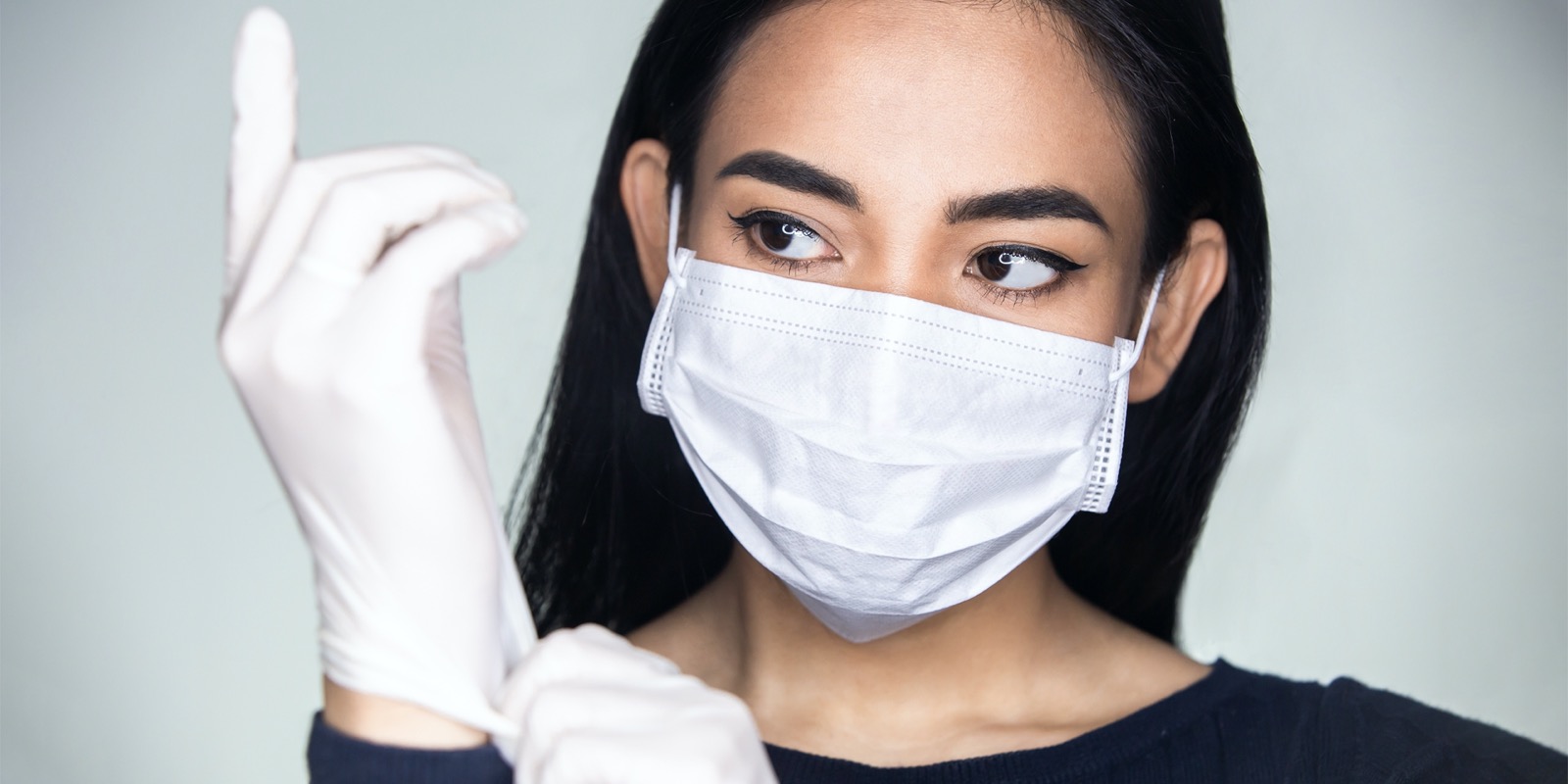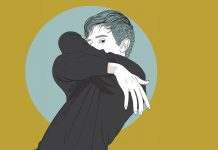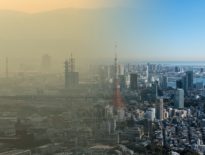I leave the house with gloves and a mask on. When I return, I clean my shoe soles and I wash my gloves with disinfectant. Then I take off my clothes, place them somewhere outside, take off my gloves and mask and wash my hands. Is this normal? Or am I a germophobe?
A study published in the prestigious journal The Lancet Infectious Diseases and conducted in Singapore proposes several models for managing the novel coronavirus infection in the (current) absence of a standardized treatment and of a vaccine. Of all, social distancing and school closure combined with quarantine have shown, on the proposed epidemiological model, reductions between 78 and 99% of infection 80 days after the onset of the pandemic. Therefore, even if these figures may seem unrealistic due to the limitations of any study, the conclusion is that the measures taken by most governments are effective.
In order to minimize the risk of becoming infected, we must first take into account the methods of spreading the virus: 1) through the air, through the nasopharyngeal secretion drops; 2) by direct contact with surfaces on which aerosols containing the virus have landed; 3) by direct contact with biological products (saliva, blood, urine, feces) belonging to infected persons.
The three methods of infection presented raise the issue of virus resistance both in the air and on different surfaces. A recent study published in the New England Journal of Medicine shows that the virus is found in aerosols for up to 3 hours, up to 4 hours on copper surfaces, up to 24 hours on cardboard and up to 3 days on plastic and stainless steel surfaces.
Should we use masks?
In short: yes. There are prominent voices in the medical world who recommend wearing the mask on a large scale. In fact, Asian countries, where wearing masks is a routine (for example, South Korea, Japan, Singapore) displayed a better control of the epidemic.
We can be contagious to others in the absence of any symptoms (1/3 of those with COVID-19 are asymptomatic) according to the CDC. The CDC also estimates that 40% of those infected have contracted the disease from asymptomatic spreaders. During a press conference held on June 8, Maria Van Kerkhove, WHO’s leading expert on COVID-19, presented a view based on a series of pre-print studies (not validated by experts) which strongly underestimated the community transmission. Subsequently, the WHO revised its position, reaffirming the possibility of community transmission from asymptomatic spreaders.
Thus, wearing a mask can prevent us from passing the virus on. Richard Stutt, a professor at the University of Cambridge, conducted an observational model study that encourages the adoption of the mask by 100% of the population to avoid a second wave of infection, at least until a vaccine will be made available.
Wearing a mask prevents aerosols containing COVID-19 from being inhaled. Textile masks offer minimal protection, surgical masks offer superior protection, being the most recommended for the general public. Masks with the code N95 or FFP2 should be used around confirmed cases. Even if we wear a mask, we must not touch our face in any way. A study shows that we involuntarily touch our face 23 times in an hour.
Should we wear gloves?
Touching potentially contaminated surfaces with gloved hands does not mean that we become infected (as long as there is no open wound on the skin or touching the mouth, nose and eyes). By washing correctly (minimum 20 seconds on both sides of the palms with soap and water or, for even more safety, with 60% alcohol solutions or chlorine solutions) the virus will be neutralized. Use gloves when decontaminating surfaces. Never touch the mask with your gloves.
Should we use visors?
Visors, like goggles, are devices routinely used during invasive medical procedures (surgeries, digestive endoscopies, bronchoscopies, orotracheal intubations) to limit eye contact with biological products (saliva, blood). They are recommended for medical staff who come into close contact with people who are definitely infected. It is not necessary to be worn on the street by the general population, it is enough to recommend that we do not put our hands to our eyes in any way.
Other measures
It is advisable to clean our shoes at the entrance to the house with a solution based on a minimum of 60% alcohol or chlorine. Although official recommendations only advise on cleaning the rooms visited by people who have been confirmed with COVID-19, as well as their clothes, it is also advisable that we leave our worn clothes outside, in a place where they can be ventilated in direct contact with the sun, or to we wash them at 60 degrees.
What about food?
To date, there is no evidence of foodborne COVID-19 transmission. Fresh fruit and vegetables should be washed as usual. As for plastic packaged food, it is known that the virus lasts up to 3 days on these surfaces, so if we store them for a few days, we have no risk of contamination. The clear recommendation regarding food handling is to wash our hands before and after touching the packaging. However, we can use a disinfectant for the plastic packaging of the food we want to eat immediately.
In conclusion, both the risk of getting sick and the risk of transmitting the disease are very much related to individual behavior. The less we expose ourselves, the safer we will be. Even if we face many variables generated by this pandemic, we must recognize what seems a safe constant in all geographical areas – social distancing, quarantine and methods of individual protection help limit infection.
Bogdan Popa, MD, is an Internal Medicine and Gastroenterology Medical Specialist.



















